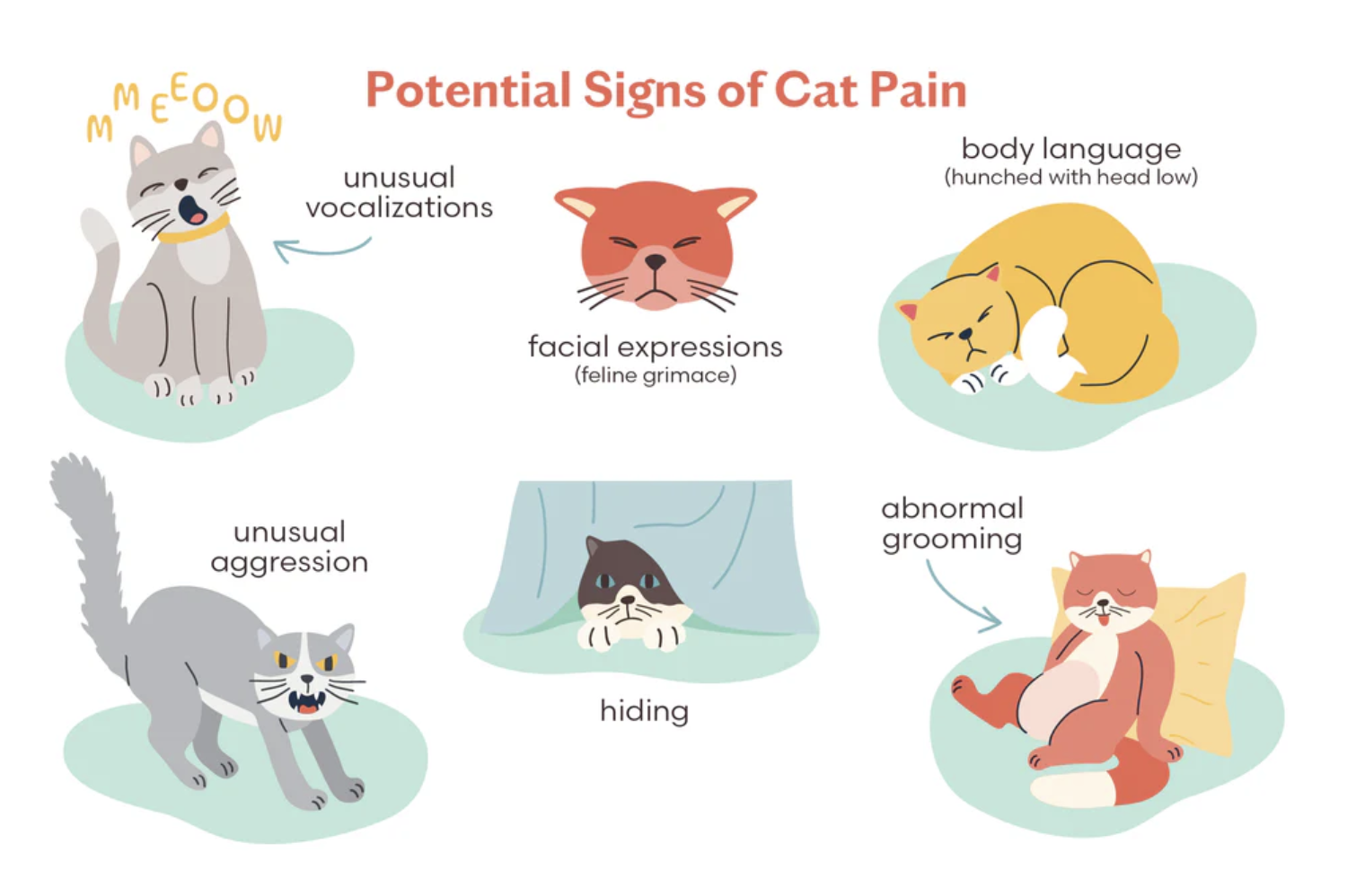When Silence Speaks Volumes: Understanding Pet Body Language | Brisbane Home Pet Euthanasia
At Love & Toe Beans, we know how deeply you care about your furry family members. Whether you’re navigating the golden years with your dog or supporting a beloved cat through illness, being attuned to your pet’s body language can make a world of difference. Dogs and cats may not speak with words, but they tell us so much through posture, expression, and subtle changes in behaviour.
This guide offers a tender look at how to better understand what your pet may be feeling, whether it’s contentment, discomfort, or something in between, through their subtle, wordless cues. For families exploring options like home pet euthanasia, recognising these signs can help ensure every moment is guided by empathy, respect, and love.
Dog Body Language: What’s Your Pup Trying to Say?
1. Signs of Happiness and Comfort
Relaxed Tail Wagging: A soft, loose wag indicates friendliness and excitement.
Soft Eyes and Relaxed Ears: Signals comfort and trust.
Play Bow: Stretching their front legs with their bottom in the air—let’s play!
2. Signs of Pain or Illness
Whining, Whimpering, Moaning or Groaning: Vocalisations can indicate discomfort.
Limping or Stiff Movements: Often a sign of joint pain or injury.
Reluctance to Move: Dogs in pain may resist jumping, climbing stairs, or walking.
Panting, breathing changes or Shaking: Beyond normal cooling down, this can signal pain or distress.
Ears Pinned Back or Tail Tucked: Combined with other signs, this may indicate they’re unwell.
Excessive Licking or Chewing at a Body Part: They may be trying to soothe an area of pain.
3. Signs of Stress or Anxiety
Yawning or Lip Licking: Calming signals often used to self-soothe.
Avoiding Eye Contact: A sign they feel overwhelmed or nervous.
Tucked Tail and Low Body Posture: Indicates fear or submission.
Cat Body Language: Decoding Your Feline’s Cues
1. Signs of Happiness and Relaxation
Slow Blinks: Your cat trusts you - this is the feline version of “I love you” so try doing it back to them and say “I love you, too”
Kneading: Rhythmic pawing on soft surfaces shows comfort and contentment.
Purring: Often indicates happiness, though it can sometimes mask pain.
2. Signs of Pain or Illness
Hiding: Cats in pain often retreat to quiet, secluded places.
Changes in Grooming Habits: Overgrooming can signal discomfort, while neglected grooming may indicate illness.
Flattened Ears: A sign of distress or pain.
Changes in Appetite: Eating less or refusing food is a common symptom of illness.
Stiff Movements or Limping: Indicates joint pain, arthritis, or injury.
Squinting or Pawing at the Face: May signal eye or dental issues.
3. Signs of Stress or Anxiety
Dilated Pupils: A sign of fear, excitement, or high arousal.
Twitching or Flicking Tail: Often a sign of agitation or irritation.
Hissing or Growling: A clear warning to back off.
Hiding & Behaviour Changes
How to Recognise When Your Pet Might Be Unwell
Cross-Species Cues
Changes in Behaviour: Withdrawal, aggression, or clinginess can indicate discomfort.
Reduced Activity Levels: Reluctance to play or move around may signal pain or illness.
Altered Bathroom Habits: Frequent urination, diarrhoea, or accidents could indicate a medical issue.
Unusual Vocalisations: Excessive whining, meowing, or growling may mean they’re in distress.
How to Respond to Your Pet’s Body Language
1. When They’re in Pain or Unwell
Stay Calm and Observant: Your calmness can help reduce their stress.
Check for Visible Issues: Look for wounds, swelling, or foreign objects.
Call Your Vet: Describe the symptoms and behaviour for guidance on next steps.
2. When They’re Stressed or Anxious
Provide a Safe Space: Give them a quiet, comfortable area to retreat to.
Use Calming Tools: Try pheromone diffusers, soothing music, or calming treats.
Avoid Overstimulation: Minimise noise, movement, and unnecessary interactions.
3. When They’re Happy and Relaxed
Engage Playfully: Use their favourite toys or games to bond.
Offer Positive Reinforcement: Praise them for calm, positive behaviour.
Cuddle on Their Terms: Some pets love snuggles; others prefer space—respect their preferences.
Why Understanding Body Language Matters
1. Early Detection of Health Issues
Recognising subtle signs of pain or illness can lead to earlier diagnosis and treatment.
2. Improved Communication
Understanding your pet’s signals helps avoid misunderstandings and builds trust.
3. A Stronger Bond
When your pet feels understood, they feel safer and more secure in your care.
Practical Tips for Better Understanding Your Pet
1. Observe Without Interrupting
Watch how your pet behaves in different situations to learn their unique cues.
2. Keep a Diary of Behaviour Changes
Tracking shifts in behaviour can help identify patterns or emerging health issues.
3. Learn Common Signals for Pain and Stress
Be familiar with general cues for discomfort, like limping, hiding, or unusual vocalisations.
Tuning In With Love
Understanding your pet’s body language is more than just decoding their emotions, it’s about recognising their needs, whether they’re happy, stressed, or in pain. By learning to interpret their cues, you can provide the care and reassurance they need to live a healthy, happy life.
At Love and Toe Beans, we believe every wag, purr, and tail flick tells a story. Visit Love and Toe Beans for more resources on keeping your pets happy and healthy. ❤️
With Love (& Toe Beans),
The Love & Toe Beans Team x





